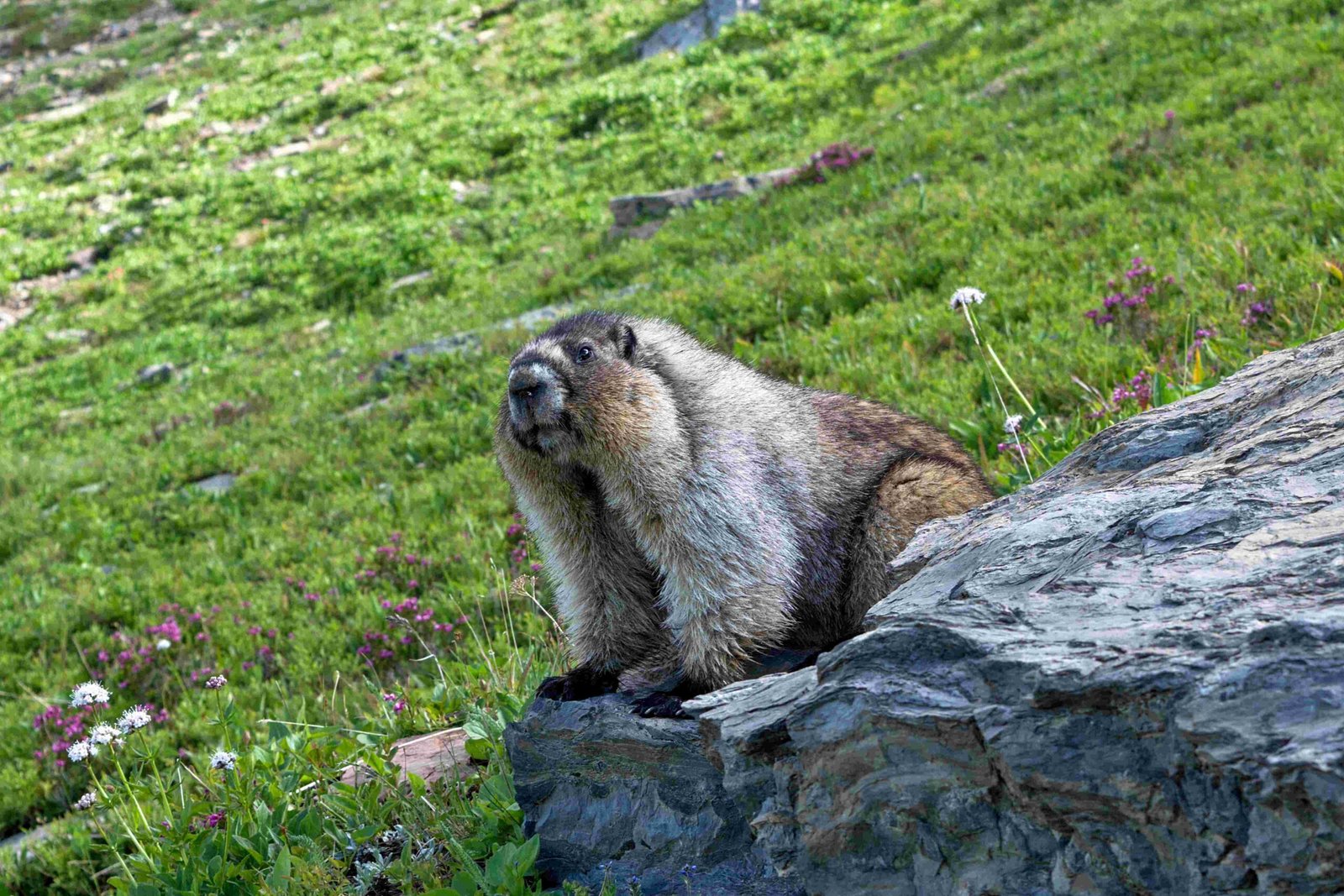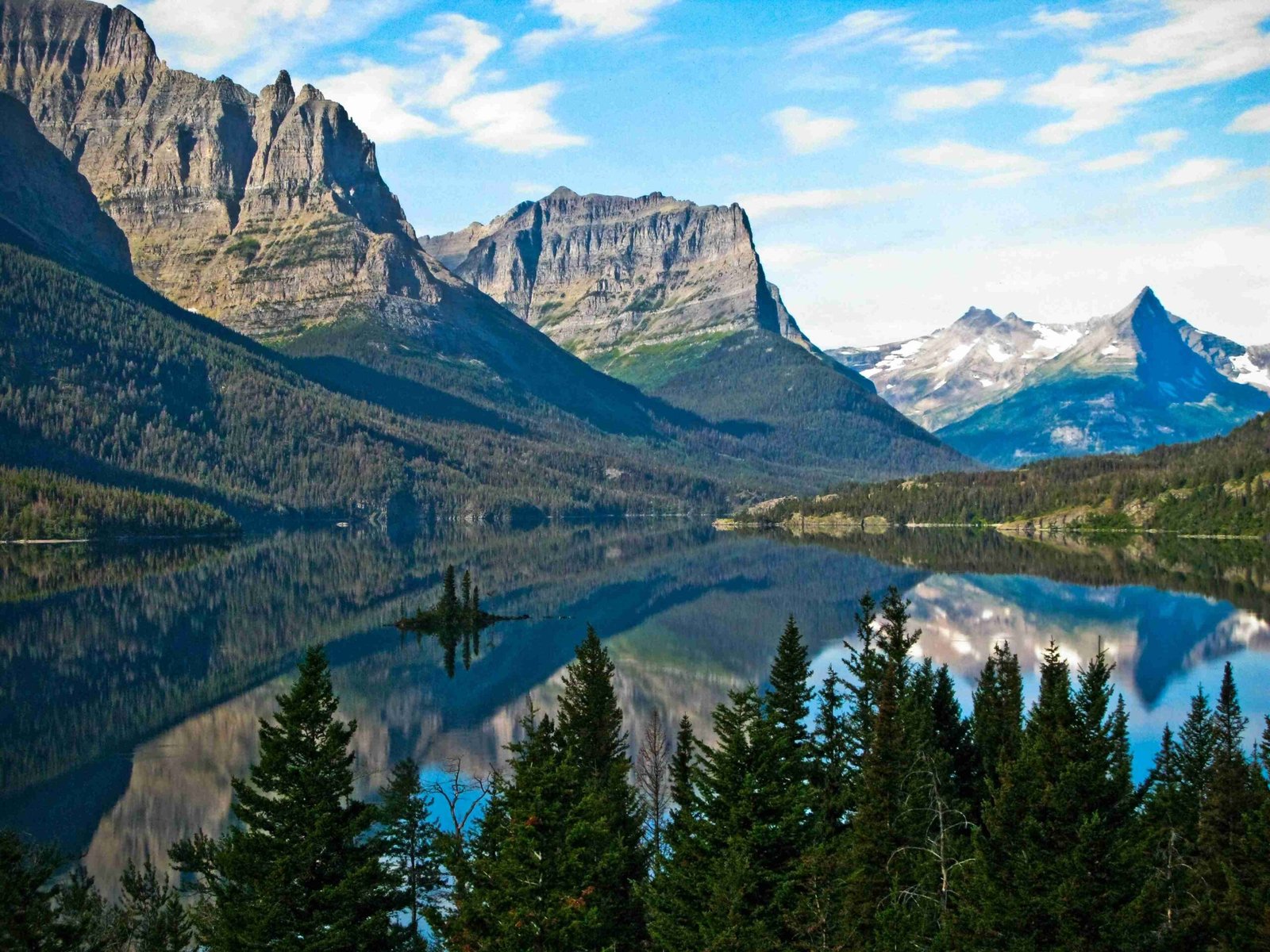The glaciers in Glacier National Park are experiencing significant melting due to climate change. While the Cato Institute, a libertarian think tank, hasn’t conducted specific research on this topic, their perspective often focuses on critiquing media reporting rather than presenting original glaciological data. This article explores the current state of glacier melt in the park, its impacts, and the broader context of climate change research.
What is the Current State of Glacier Melt in Glacier National Park?

Glacier National Park, located in Montana, USA, has been experiencing substantial glacier retreat over the past century. The park’s glaciers serve as indicators of climate change and have been closely monitored by scientists. Here are some key statistics:
- Between 1966 and 2015, the total surface area of the 37 named glaciers in the park decreased by approximately 34%.
- Every named glacier in the park has reduced in size, with some shrinking by more than 80%.
- The average area reduction for all glaciers between 1966 and 2015 was 39%.
These figures demonstrate the significant impact of climate change on the park’s iconic glaciers.
How Does Climate Change Affect Glacier Retreat in the Park?

Climate change plays a crucial role in the retreat of glaciers in Glacier National Park:
- The park is warming at nearly twice the global average rate.
- Human-caused climate change is becoming the dominant factor in glacier retreat.
- Between 1991 and 2010, the anthropogenic fraction of global glacier mass loss increased to 69 ± 24%.
The accelerated warming in the park has led to:
- Reduced snowfall
- Earlier spring melting
- Longer summer seasons
These factors contribute to the rapid retreat of glaciers, altering the park’s landscape and ecosystems.
What Are the Ecological Impacts of Glacier Melt?
The melting of glaciers in Glacier National Park has far-reaching ecological consequences:
- Habitat Loss: Species like stoneflies, which depend on cold meltwater, are losing their habitats.
- Water Resources: Reduced glacier melt affects downstream water availability for both wildlife and human communities.
- Sea Level Rise: Melting glaciers contribute to global sea level rise, albeit on a smaller scale compared to ice sheets.
- Archeological Preservation: Melting ice may expose and potentially damage previously preserved archeological sites.
How Does the Cato Institute Approach Climate Change Research?
The Cato Institute, while not directly involved in glaciological research, often comments on climate change issues from a libertarian perspective. Their approach typically includes:
- Skepticism towards government interventions in climate policy
- Emphasis on market-based solutions to environmental challenges
- Critiques of media reporting on climate change
It’s important to note that the Cato Institute’s views often diverge from the scientific consensus on climate change and its impacts.
What Methods Are Used to Study Glacier Retreat in the Park?
Scientists employ various methods to study glacier retreat in Glacier National Park:
- Satellite Imagery: Used to track changes in glacier area over time.
- Field Measurements: GPS surveys and on-site observations provide detailed data on glacier thickness and volume.
- Historical Photographs: Comparison with current images helps visualize long-term changes.
- Climate Data Analysis: Temperature and precipitation records are analyzed to understand climate trends.
These methods collectively provide a comprehensive picture of glacier health and retreat rates.
How Can Visitors Observe Glacier Retreat in the Park?
Visitors to Glacier National Park have several options to witness the effects of glacier retreat:
- Hiking Trails: Many trails offer views of retreating glaciers.
- Scenic Drives: The Going-to-the-Sun Road provides accessible viewpoints.
- Ranger-Led Programs: Educational talks and guided hikes focus on glacier dynamics and climate change.
- Visitor Centers: Exhibits and displays offer information on glacier retreat and its impacts.
| Activity | Description | Difficulty |
|---|---|---|
| Hiking | Trails to glacier viewpoints | Moderate to Strenuous |
| Scenic Drives | Easy access to glacier views | Easy |
| Ranger Programs | Educational experiences | Easy to Moderate |
| Visitor Centers | Indoor exhibits and information | Easy |
What Are the Predictions for Future Glacier Status in the Park?
Based on current trends and climate projections, scientists have made several predictions about the future of glaciers in Glacier National Park:
- Continued Retreat: Most models suggest ongoing glacier retreat in the coming decades.
- Potential Disappearance: Some studies predict that many of the park’s glaciers may disappear entirely by mid-century if current trends continue.
- Ecosystem Changes: The loss of glaciers is expected to lead to significant changes in local ecosystems and water resources.
It’s important to note that these predictions are based on current climate trends and may be subject to change as new data becomes available and climate models are refined.
How Does Glacier Retreat in the Park Compare to Global Trends?
The glacier retreat observed in Glacier National Park is consistent with global trends:
- Global Scale: Worldwide, glaciers are retreating at unprecedented rates due to climate change.
- Regional Variations: While the overall trend is retreat, the rate varies by region, with some areas experiencing more rapid melt than others.
- Mountain Glaciers: The park’s glaciers, like other mountain glaciers globally, are particularly sensitive to climate change.
This comparison highlights that the changes observed in Glacier National Park are part of a larger global phenomenon.
What Conservation Efforts Are in Place to Address Glacier Melt?
While the direct prevention of glacier melt is challenging, several conservation efforts are in place:
- Climate Change Education: The National Park Service provides extensive educational programs on climate change and its impacts.
- Research and Monitoring: Ongoing scientific studies track glacier health and ecosystem changes.
- Sustainable Practices: The park implements various sustainability initiatives to reduce its carbon footprint.
- Policy Advocacy: Some organizations advocate for broader climate policies to address the root causes of glacier melt.
These efforts aim to raise awareness, contribute to scientific understanding, and promote actions that may help mitigate the impacts of climate change on the park’s glaciers.
In conclusion, the melting of glaciers in Glacier National Park is a well-documented phenomenon with significant ecological and environmental implications. While the Cato Institute may not have conducted specific research on this topic, the scientific consensus points to human-induced climate change as a major factor in glacier retreat. As research continues and conservation efforts evolve, the future of these iconic glaciers remains a topic of great interest and concern for scientists, policymakers, and the public alike.
References:
1. Status of Glaciers in Glacier National Park | U.S. Geological Survey
2. Climate Change – Glacier – National Park Service
3. Glacier’s Glaciers – National Park Service